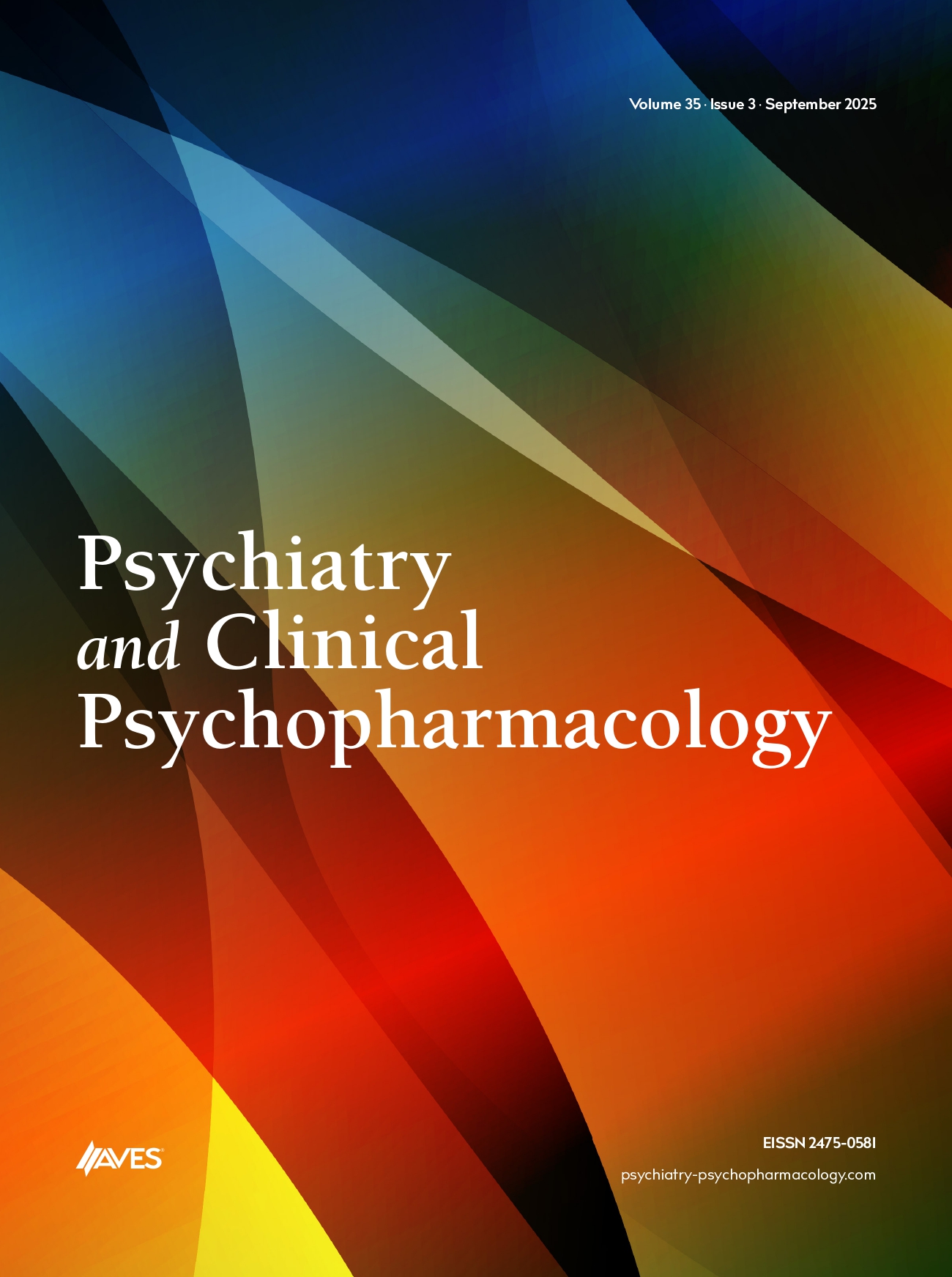The dopamine hypothesis of schizophrenia has been a major influence for many years in stimulating research in schizophrenia and in assisting in the development of antipsychotic drugs. However, it has become obvious that other neurotransmitters and/or neuromodulators must also be involved. The antipsychotic drugs currently available are far from ideal and there is an urgent need to continue to search for new targets for potential antipsychotics.
Much of the recent research on non-dopaminergic systems has focused on the amino acids glutamate and GABA, with the bulk of the results suggesting hypofunction of both in schizophrenia. Glutamate does not pass the blood-brain barrier readily and studies conducted to develop drugs that act at one or more of its multiple receptors have not, to our knowledge, yet produced potential new effective antipsychotics. Two other amino acids, glycine and D-serine, co-agonists at the NMDA glutamate receptor, have received considerable attention, and administration of these amino acids, usually in conjunction with currently available antipsychotics, have been reported in some studies to result in improvement of some symptoms of schizophrenia. However, these amino acids have to be administered in relatively high doses which may result in side effects such as peripheral neuropathies. There is now a great deal of interest in testing drugs that inhibit their uptake by neurons and/or glial cells (astrocytes and activated microglia), thus making increased levels of these amino acids available to interact with the NMDA receptor or, particularly in the case of D-serine, altering metabolism of the amino acid. This research also emphasizes the importance of glial cells. Microglia are also involved in immune responses and when activated release a number of proinflammatory cytokines that can result in some behavioural, cognitive, and neuroendocrine changes characteristic of schizophrenia. It is also of interest that there is now research indicating that there may be a dysfunction of oligodendrocytes and myelination problems in schizophrenia. Another exciting area of research with regard to schizophrenia is in the study of neuroactive steroids, rapid acting steroids which can act as positive or negative allosteric modulators at several types of neurotransmitter receptors, most notably GABA-A receptors and NMDA receptors. Plasma levels of several of these steroids are altered in a number of psychiatric disorders, including schizophrenia and some clinical studies suggest that pregnenolone may be a useful adjunctive agent in schizophrenia. Brain levels of some of these steroids have also been reported to be altered in laboratory animals following administration of currently available antipsychotics.
In addition to the compounds mentioned above, potential interventions which may be added to the usual antipsychotic treatments include lamotrigine and minocycline. Furthermore, modulation of the nitric oxide pathway continues to gain considerable interest as a possible therapeutic target in the treatment of schizophrenia. We will report the results of an RCT double-blind crossover study on the addition of L-arginine, the precursor amino acid for nitric oxide, to usual treatment with antipsychotics in schizophrenic patients.


.png)
.png)